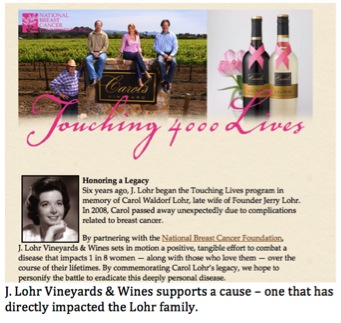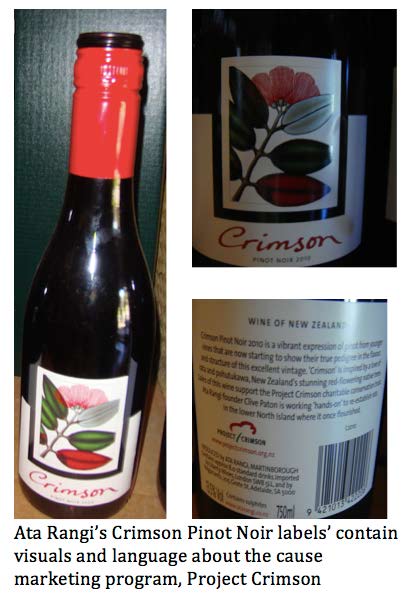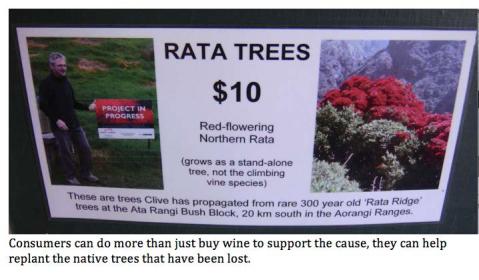Many markets have rules and regulations for internal
operations. While rules and regulations are important for setting guidelines
for vendors at the market, they cannot be used when dealing with external
business partners such as municipalities, businesses, or even customers.
According to the Penn
State Center for Agricultural and Shale Law, more and more farmers markets
are becoming legally incorporated in order to function in today’s business
environment. Markets have had to become incorporated to comply with municipal
ordinances, such as the requirement that all special events provide a
certificate of insurance should someone get injured. Markets have also had to
become incorporated in order to accept Electronic Benefits Transfer (EBT) cards
at the market.
 |
| More and more farmers markets are becoming incorporated in order to function in today's business environment. |
The days of informal farmers markets are no more. We are
entering into an age, whether we like it or not, where liability protection is
essential. Many farmers markets in Pennsylvania are not recognized as entities
by the Department of State or the IRS, and therefore all liability rests on the
farmers or small business owners themselves. There are two options for farmers
markets seeking liability protection:
1.
Find an organization that is willing to umbrella
the market
2.
Create a legal entity for the market
Designing a Business
Model that Works for Your Market
Step 1: Register the organization with the Department of
State
As with any business, farmers markets can have variety of
different business structures. Some markets are owned by a single individual. In
a sole proprietorship structure, the vendors pay their dues to the market owner
in order to participate in the market. The market owner is responsible for all market
activities and is personally invested in the market’s success. If there is no
sole proprietor for a market, an existing business may be willing to umbrella
the market, which means they assume full ownership and responsibility for the
market. In this case, the market operates under the umbrella business’ name.
This is a successful model if the existing business’ mission is in line with
the farmers’ market mission, such as promoting healthy eating or supporting
local farmers. If there is no sole proprietor, and no organization that would
like to own the market, incorporation is the only other option. If a market
chooses to incorporate, they must choose a board of directors (a minimum of
three people) to manage the market. Incorporation also requires bylaws and
articles of incorporation to be filed with the Department of State. A lawyer
should be consulted for this process.
Step 2: Decide your tax status with the IRS
Depending on the structure that the farmers market chooses,
a market may be a for-profit business or a non-profit business. Non-profit
businesses have the option to file for tax exempt status with the IRS, which
means that state and federal tax will not have to be paid on income or
expenses. There are two types of tax exempt codes most commonly used by incorporated
farmers’ markets- 501c3 and 501c4. A 501c3 organization must provide a benefit
to the community such as providing education or benefiting a charitable cause. A
501c4 is an organization that is created for “social welfare”, meaning that the
organization has come together for the benefit of its members. If a farmers
market exists solely for the benefit of the individual vendors, and is not
providing any education to the community or supporting a charitable cause,
their activities reflect the activities of a 501c4. While both 501c3 and
501c4’s can accept donations to the organization, only the 501c3’s donations
are tax deductible to the donor. Once the tax status has been obtained, the organization
must file a 990 form-“Return of Organization Exempt from Tax” every year to
declare their earnings, and they must keep meeting minutes on file. Since tax
exempt organizations’ records are in view of the public, operations should be well
recorded and transparent. The cost to file as a 501c3 or 501c4 is $400 if the
gross receipts do not exceed $10,000 per year during the first four years of
operations. If the market is a non-profit and is not generating much income (only
generates a small amount of revenue from vendor dues), requesting 501c3 or
501c4 status may not be necessary.
501c3
|
501c4
|
Does not pay tax
|
Does not pay tax
|
Cannot lobby
|
Can lobby
|
Donations are tax deductible
|
Donations are not tax deductible
|
Must engage in charitable or educational activities
|
Does not have to engage in charitable or educational activities
|
Cost to obtain is $400 (if gross receipts do not exceed $10,000)
|
Cost to obtain is $400 (if gross receipts do not exceed $10,000)
|
Structuring the market is becoming an obligation; however,
it is not without its advantages. If the market becomes a non-profit, they are
able to apply for a wide variety of grants. If the market is able to process
EBT transactions, sales will increase, as will accessibility of the market
goods to a larger percentage of the population. Forming a board or having a
market owner could reinvigorate a market, bring in new ideas, and expand
business connections in the community, all of which should lead to greater
profitability for the market.
 |
| The new board of directors for the Warren County Farmers Market, Inc. Photo courtesy Rob Andersen, Warren Times Observer |
There is no one size fits all structure for Farmers Markets.
The circumstances affecting each market in each community are varied. For
further assistance or expertise when creating your legal structure, contact the
Penn
State Center for Agricultural and Shale Law. It is the lawyer’s job to
think of all the potential problems that might arise in your new business
structure, which will relieve the legal burden from you and allow you to focus
on sales.
For more general information on non-profits, see my previous
blog post An
Agricultural Nonprofit Still Has to Make a Profit.
















